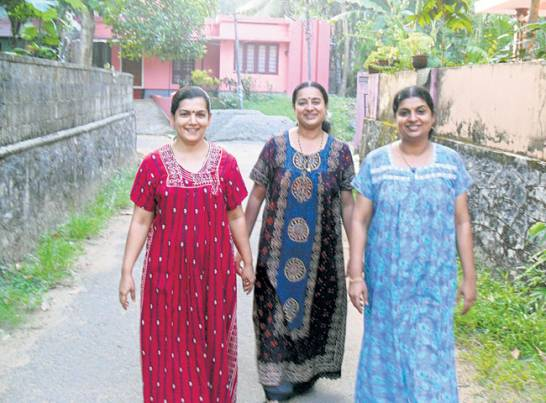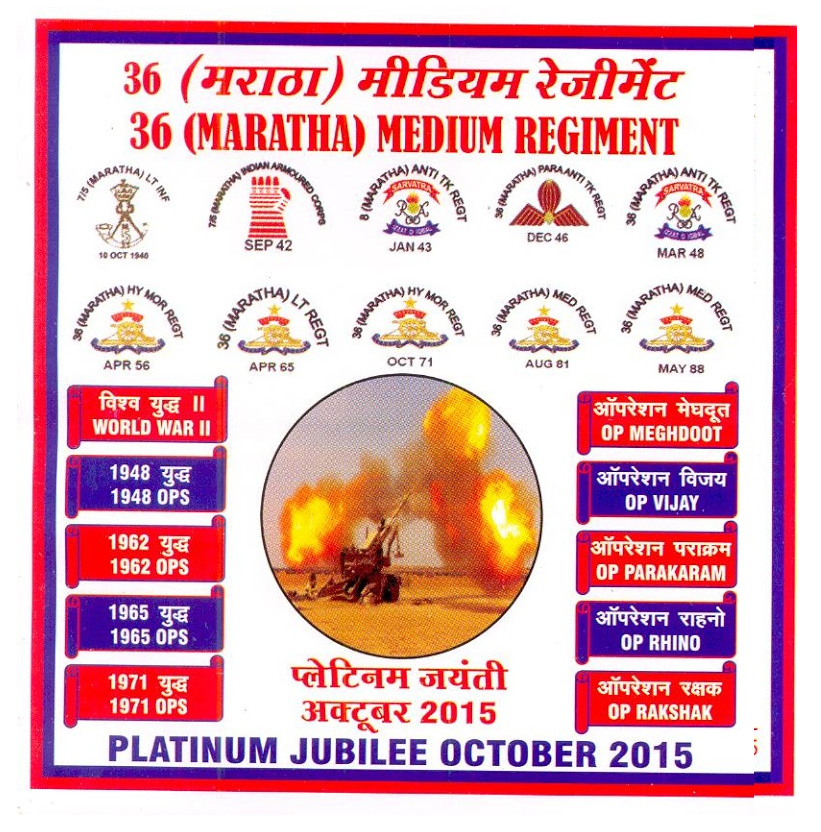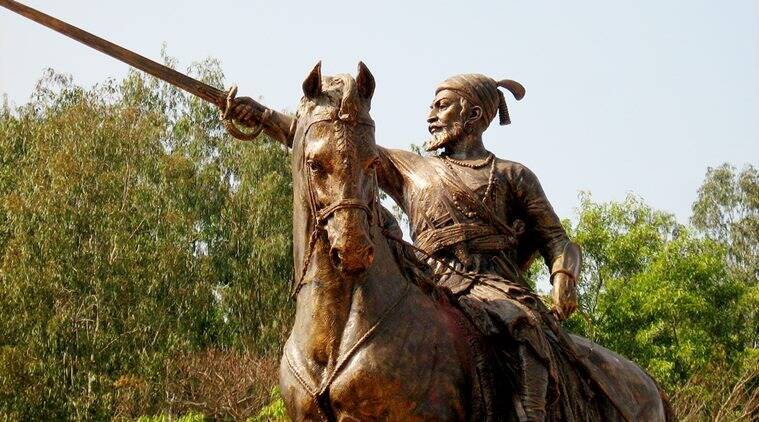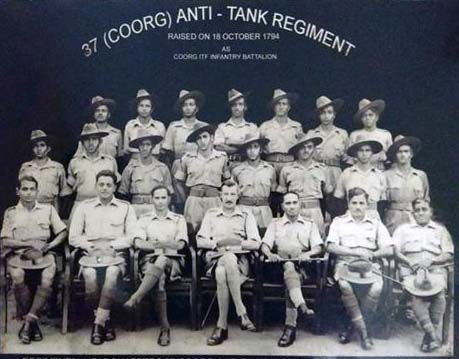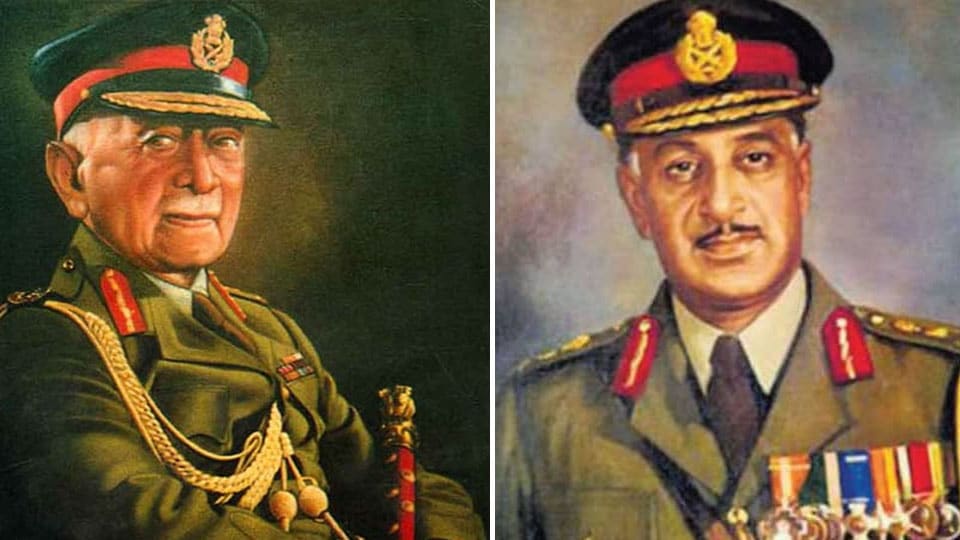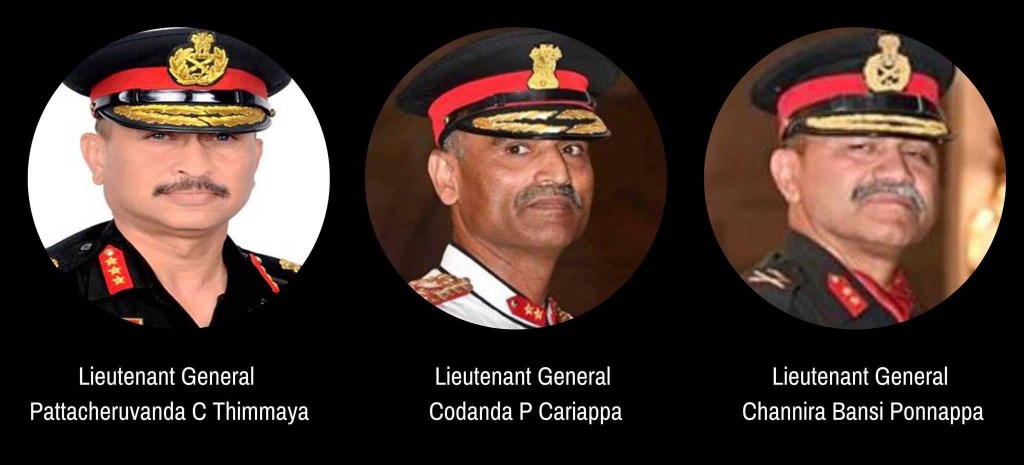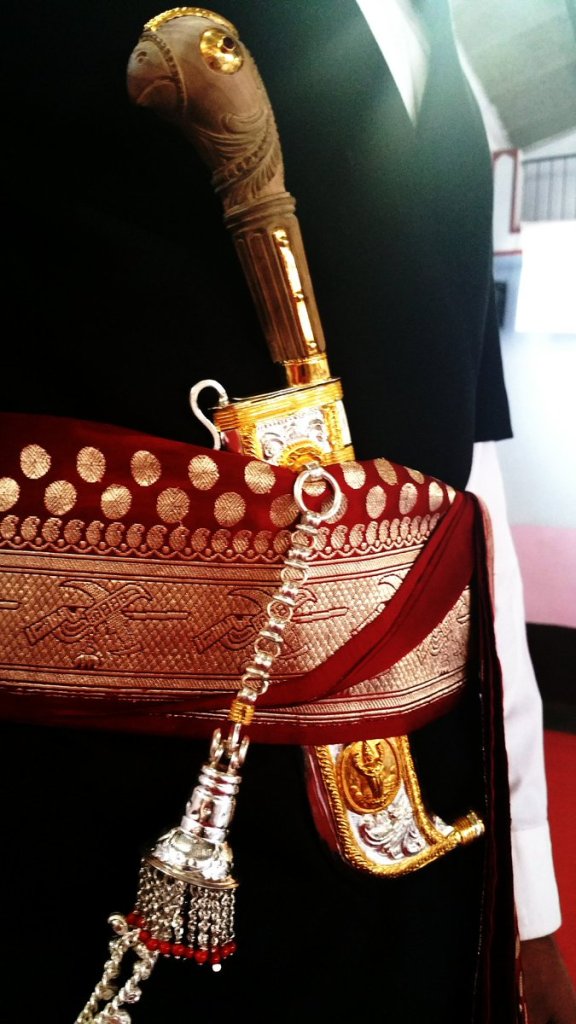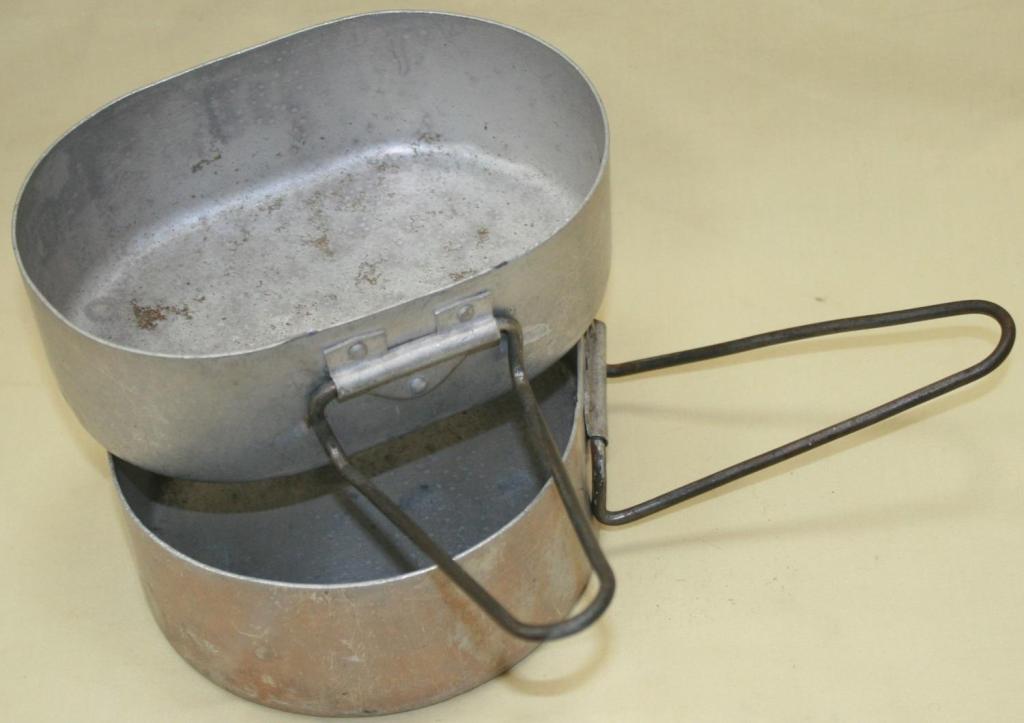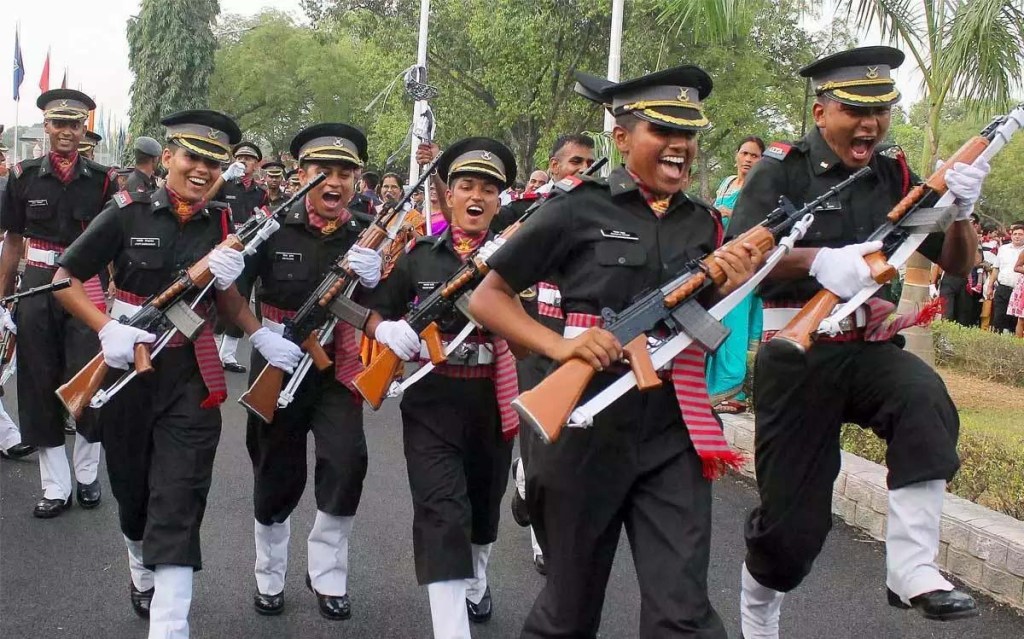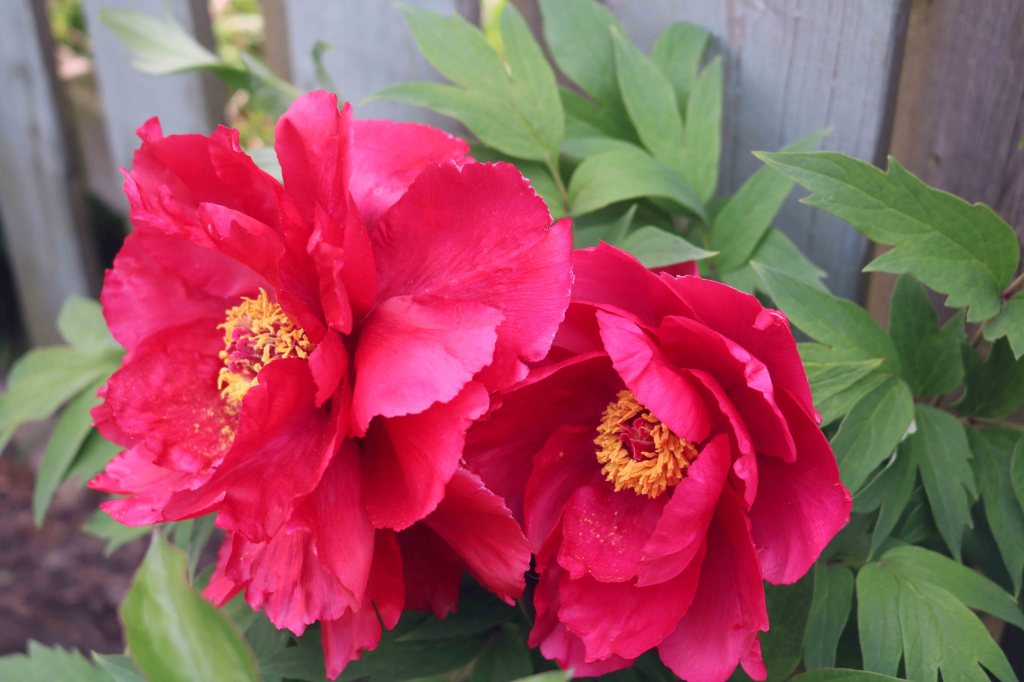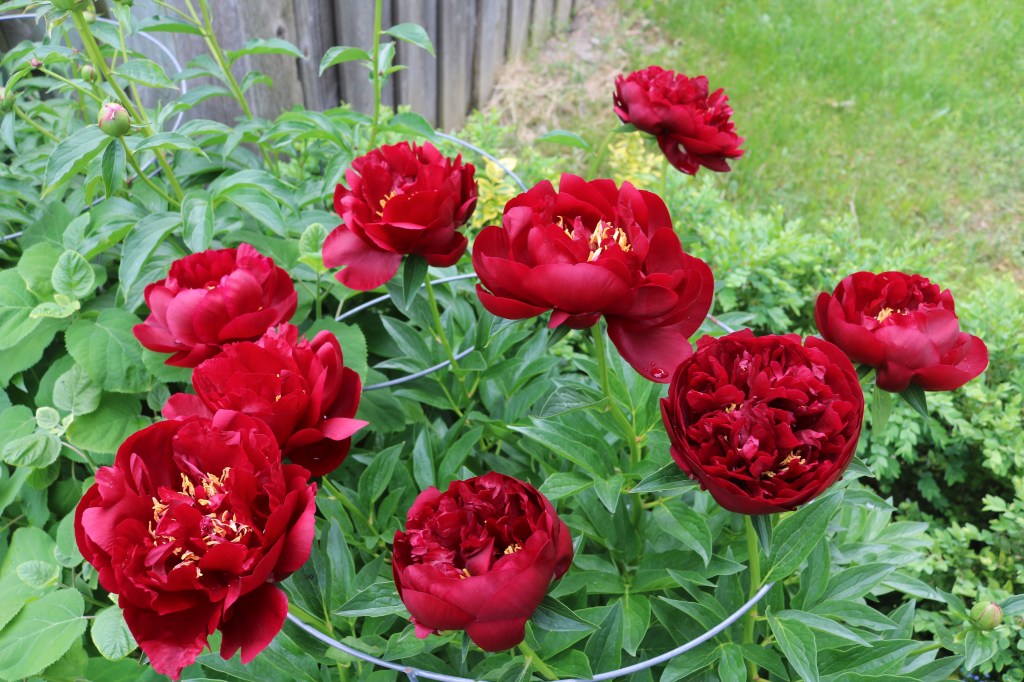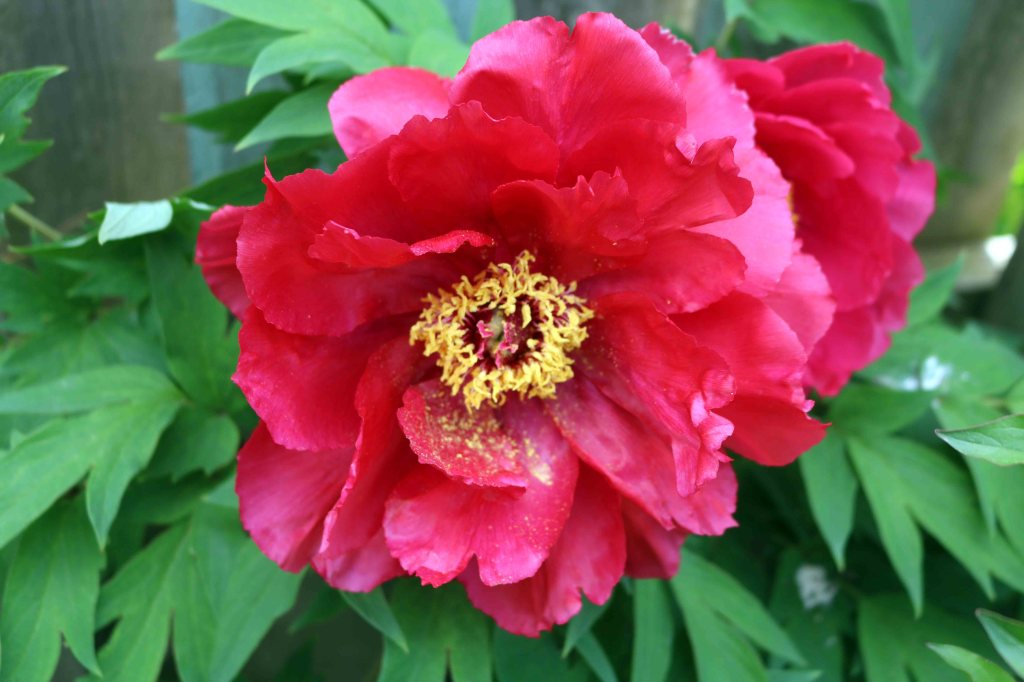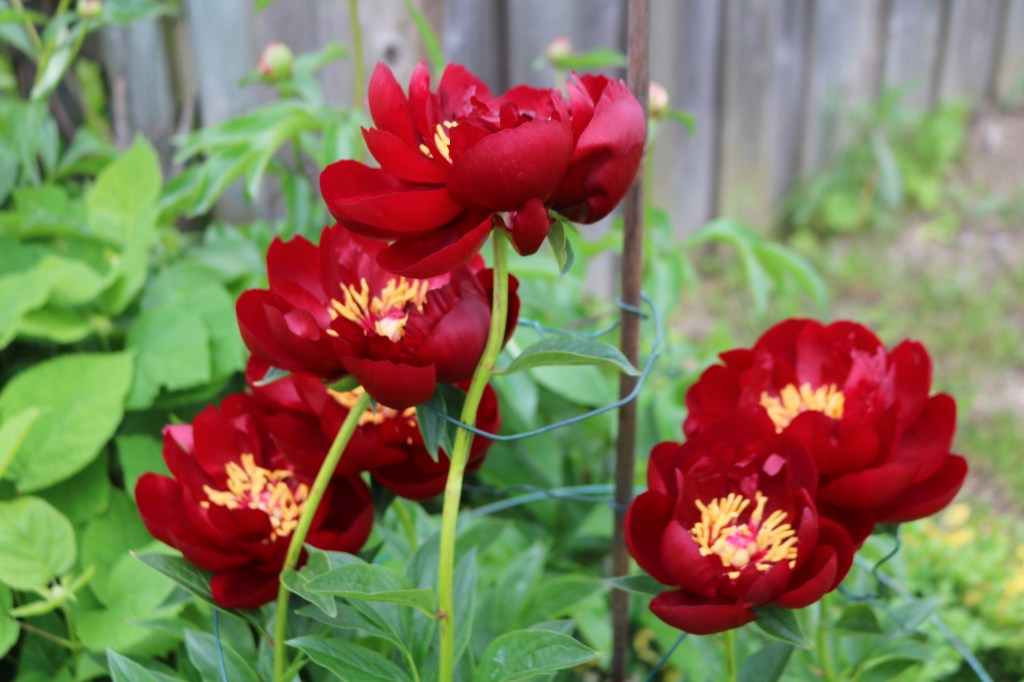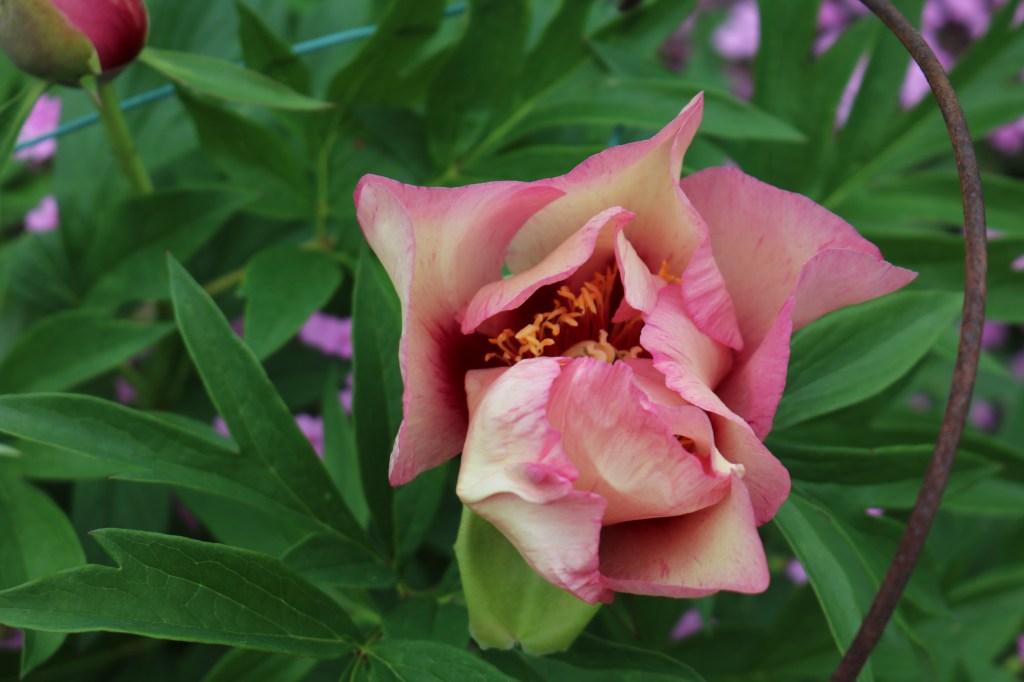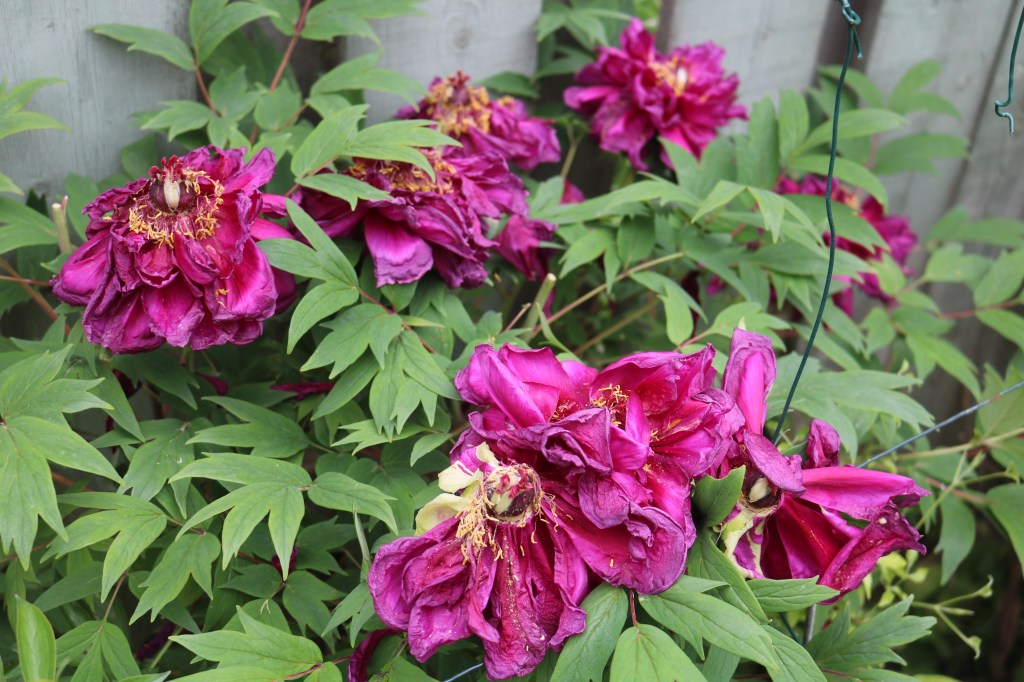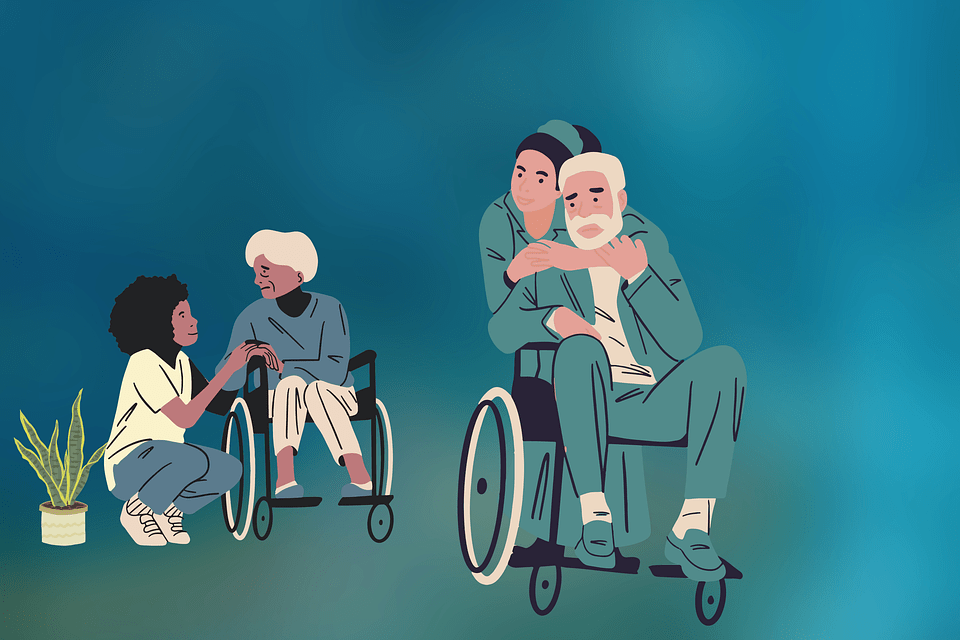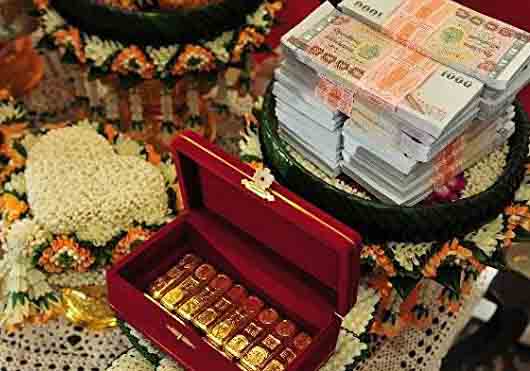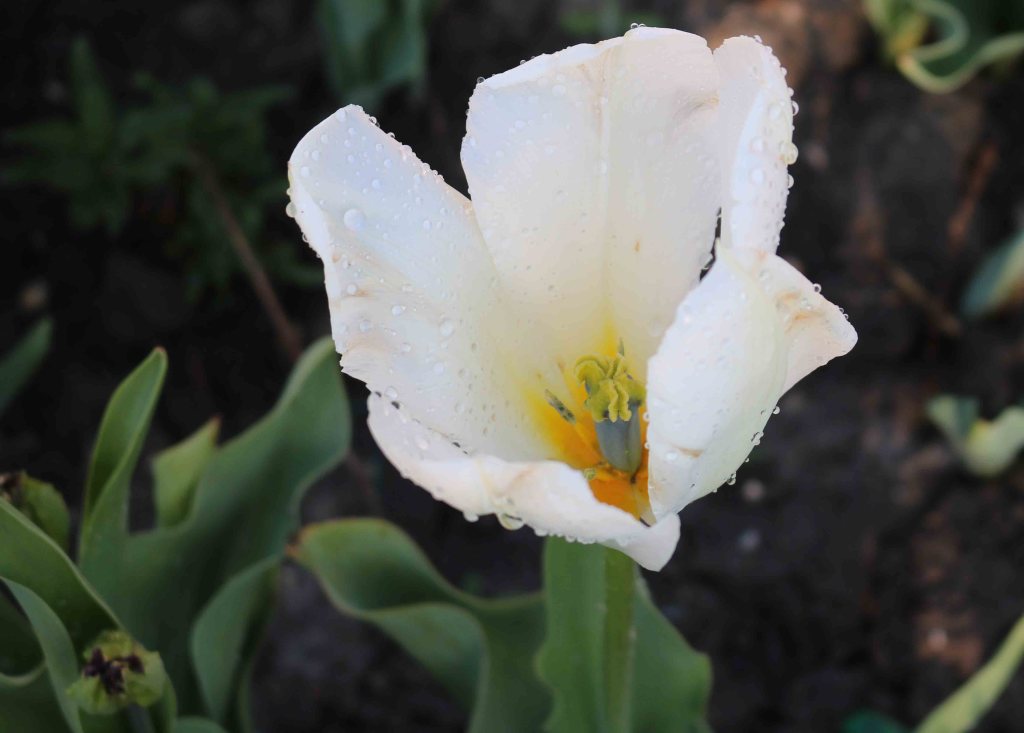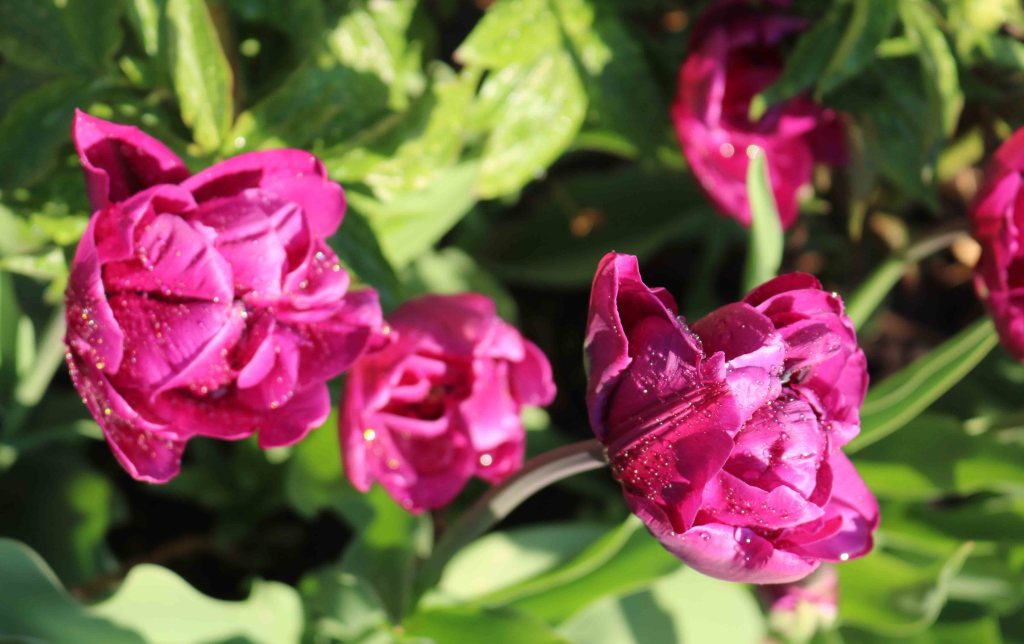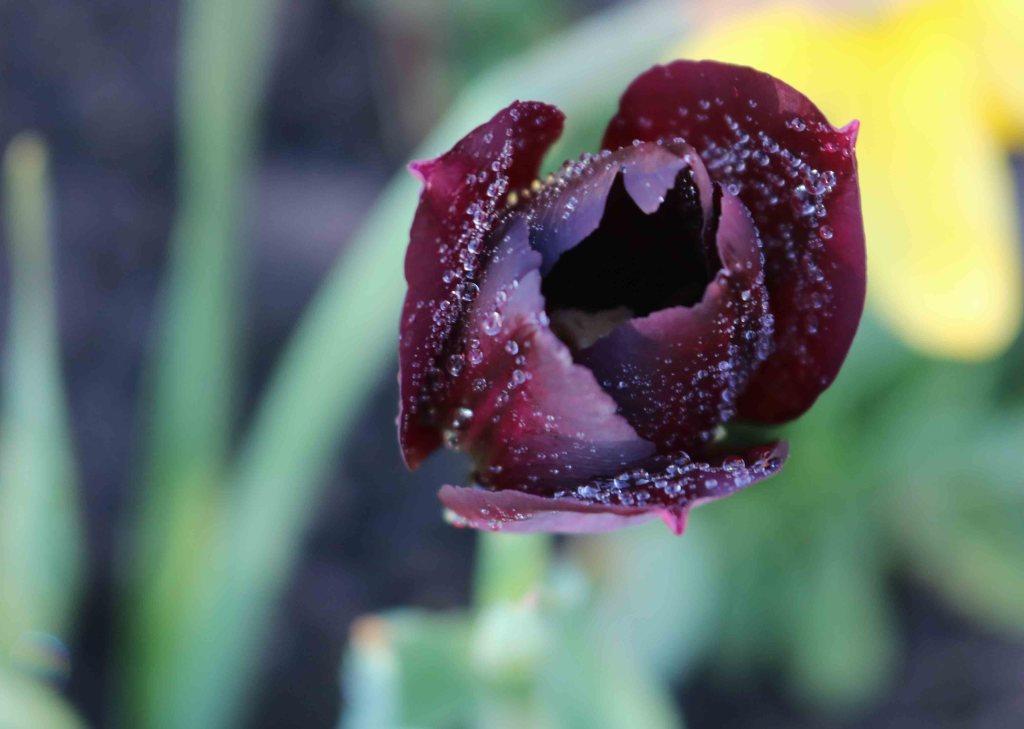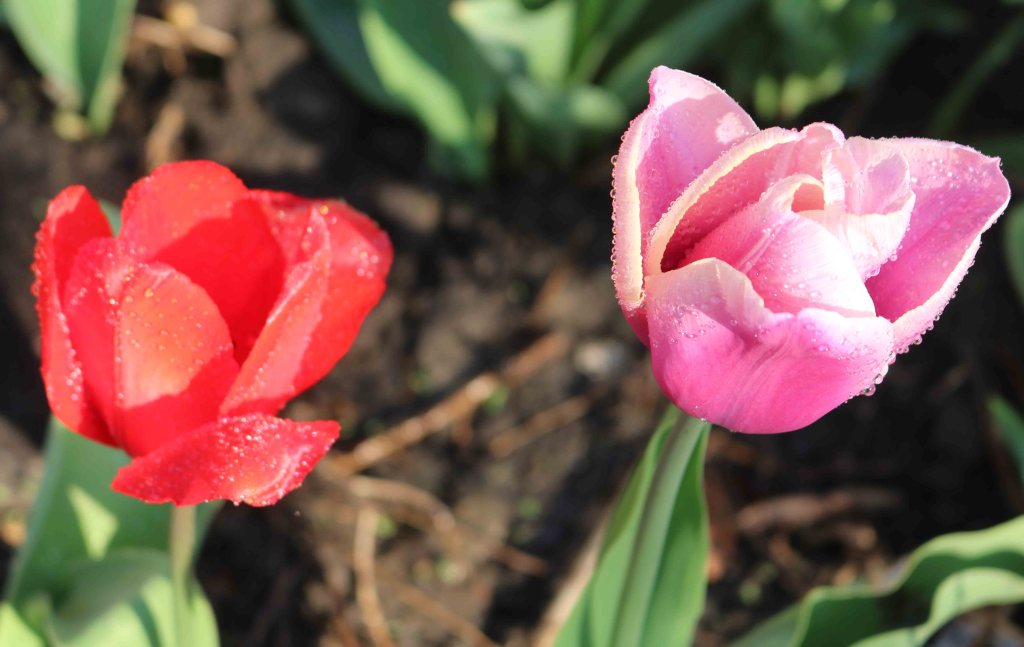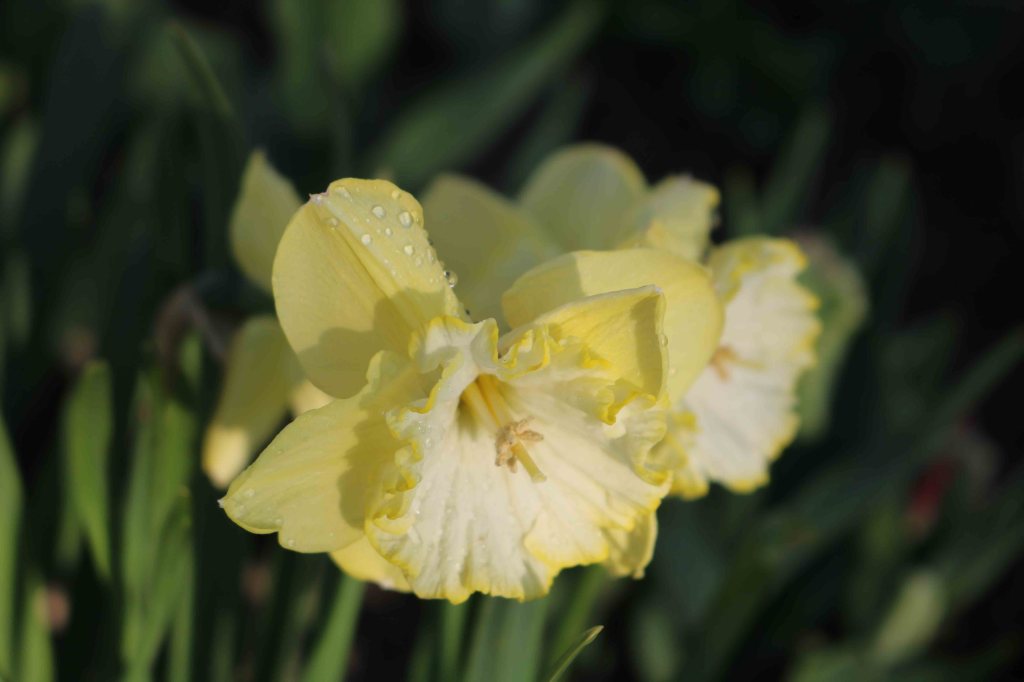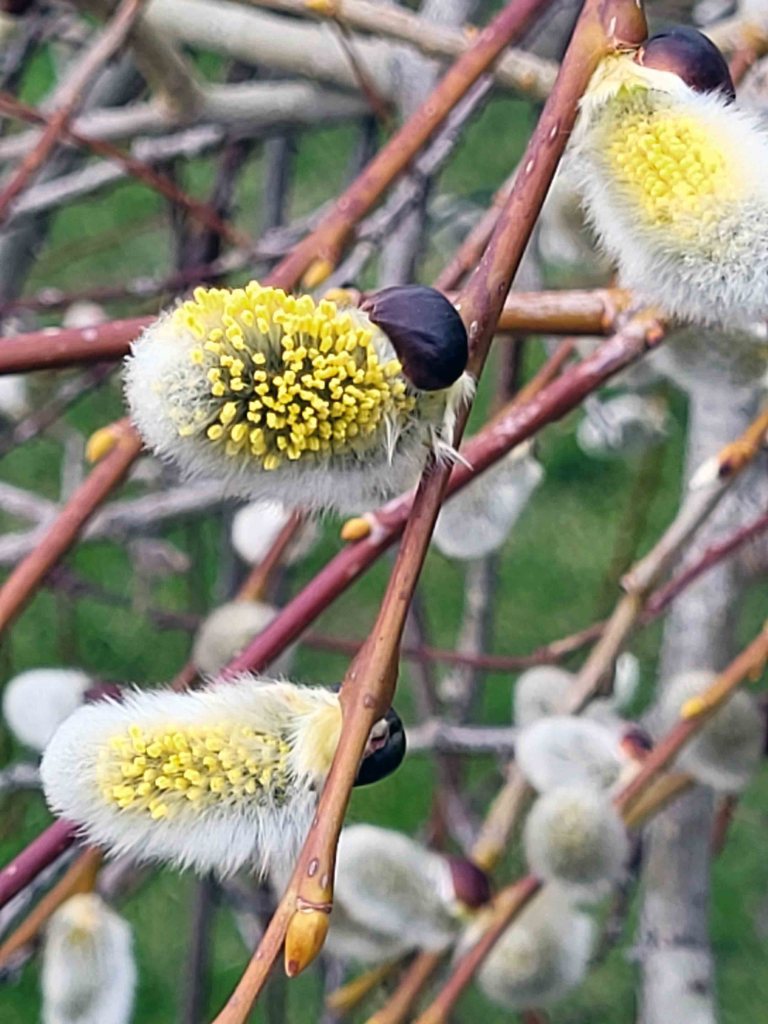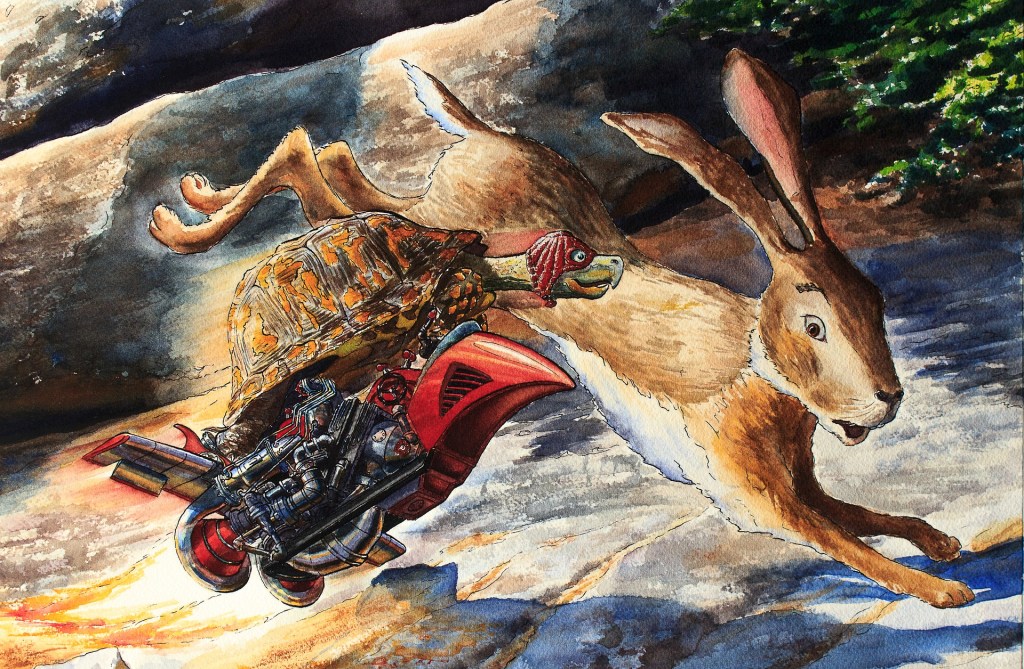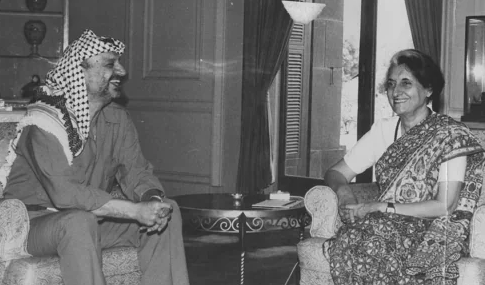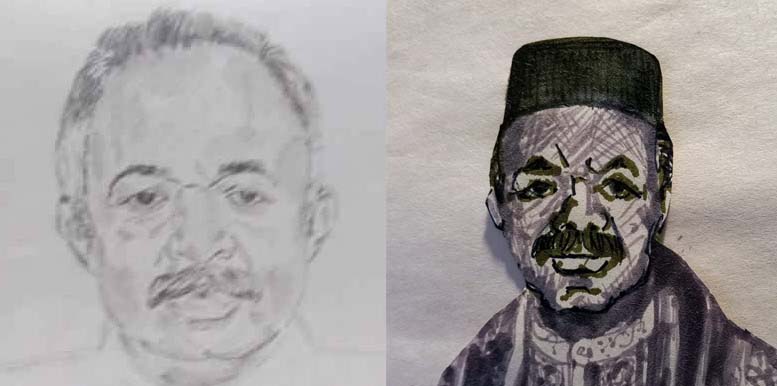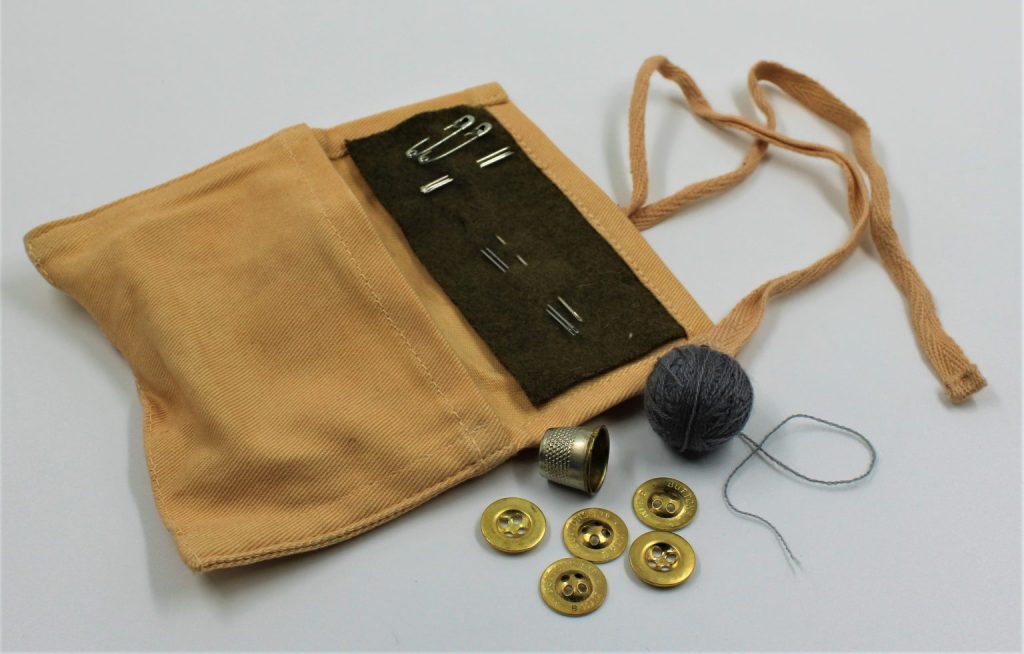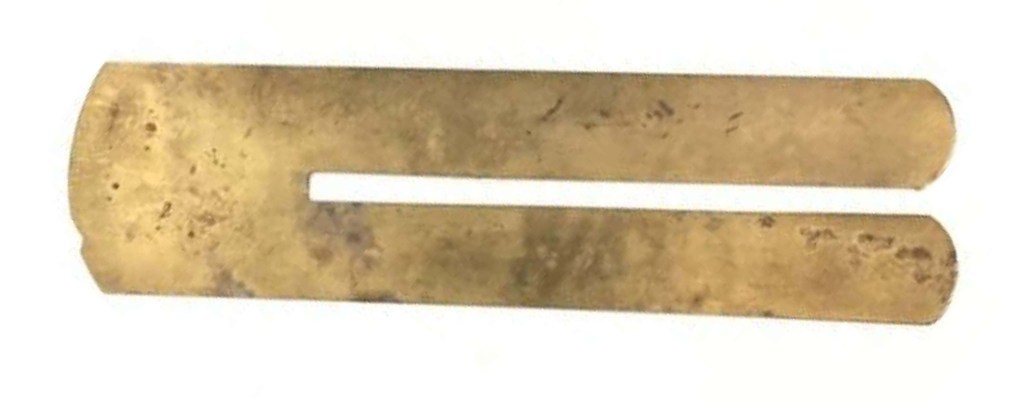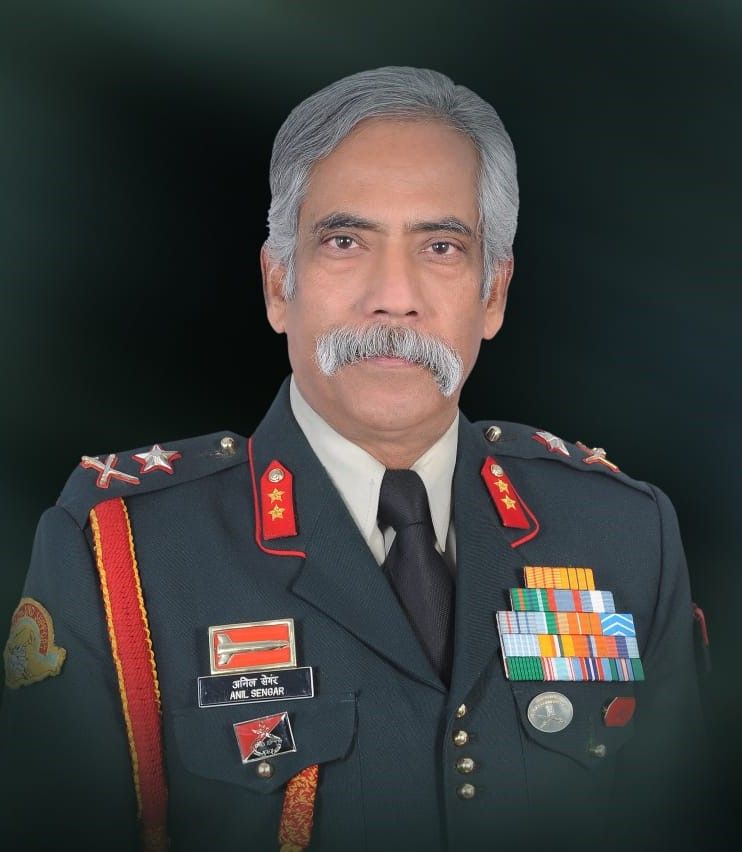In Kerala, the nightie is everywhere with most working-class women in Kerala owning at least one.
How did Nighty, a boxy garment which doesn’t give any shape to the body, which does not enhance the body’s contours, which does not bring out the women’s curves became so popular? Nighties’ predecessors – maxis and kaftans – did make their appearance in early seventies – mostly in movies. It did not gain popularity among the masses.
Nightie came to Kerala with the Gulf boom of the 80’s, like many other fashion and material onsets. It was a sure content of the suitcases of any Mallu returning from the Gulf. He carried at least one for every female family member and relative. It could well be the first invasion of the Western culture into Kerala. Unlike the Western Nightie, it wasn’t a negligee worn by women to bed at night.
Nightie is universal – fits all size or age. It does not divide women on either caste or religious lines in its use. Nightie became popular also because of the humid weather of Kerala with relative humidity mostly over 70% all through the year – day or night. It is a shapeless floor-sweeping garment made of thick cloth, with frills at all imaginable and unimaginable places, decorated with puffed sleeves.
To establish in the Indian society, the poor Nightie too endeared many a battle. In 2013, a Chennai school asked the parents to stop students from wearing nighties for the morning school run. In 2014, a women’s group in Gothivli village near Mumbai tried to impose a fine of Rs 500 on residents wearing nighties outside their homes, describing the garment as indecent. In both cases, the nightie won the battle.
In 2018, Thokalapalli, a village in coastal Andhra Pradesh, barred women from wearing nightie during the daytime. They ruled that women could wear nighties only at night and any violations will attract a fine of Rs 2000 and anybody who helped in bringing such violator to book would be rewarded with Rs 1000.
Kerala women preferred the nightie over the traditional Chatta-Mundu, lungi-blouse and saree as it is easy to wear, easy to wash and it never failed in its duty and never ended up in a wardrobe malfunction.
Draping a Thorthu over the upper torso depicted modesty for the modest and cultured, but Kerala women – smart as they are, discarded the Thorthu long ago. A nightie can well be seen in Kerala as a sign of female liberation as well as a social leveller.
Today the Nightie is a national phenomenon with different names. Nightie in Kerala, Gowns in Mumbai, Housecoats in Goa, and kaftan for the rich. The Nightie has gained international recognition with The New York Times running a story on the outfit under the headline Wear Your Nightie Out.
In the soldiers’ family quarters, the nightie made its presence felt. To begin with, it was introduced by the wives of the South Indian Class (SIC) soldiers especially the Mallus. It caught on and others followed suit. While on rounds of the Regimental Family Quarters, one could see the invasion of the nightie, irrespective of caste or creed!!!
Our mother discarded her saree for the Nightie when her grandchildren came into this world. She very reluctantly wore the nightie as she had to run after the children, feed them and play with them. At the end of the day she said “I never realised it was so comfortable.“
In 2006, our mother came to Canada and lived with us for six months. For her journey from Kochi to Toronto, she wore the saree. Marina and children accompanied her and throughout the journey, it was very inconvenient and uncomfortable for her to visit the washroom in the aircraft.
On landing in Canada, I asked Marina to take her to the Shopping Mall and buy her two pairs of pants & top and skirt & top. Our mother, stubborn that she was, said “Do you think I will ever wear it??”
After a week of acclimatisation, we planned a trip to Montreal – about eight hours of drive from Toronto. Now I said “Amma, if you want to come along, you must discard the saree as it will be very convenient, else you will look like a sore thumb in the crowd.“
With a lot of reluctance, she wore the pants & top. After two hours of driving, we stopped at the restaurant for a coffee break. Nidhi took Amma to the washroom and on returning to our table she said “I never realised it was so comfortable.”
I accompanied Amma on her return journey. For the entire flight duration of travel from Kochi airport to home, she wore her skirt & top. My brothers, sisters-in-law and grandchildren were all flabbergasted to see the Granny in a Western outfit. One of the grandchildren remarked, “Until now Granny was All-India. Now she is International.”





